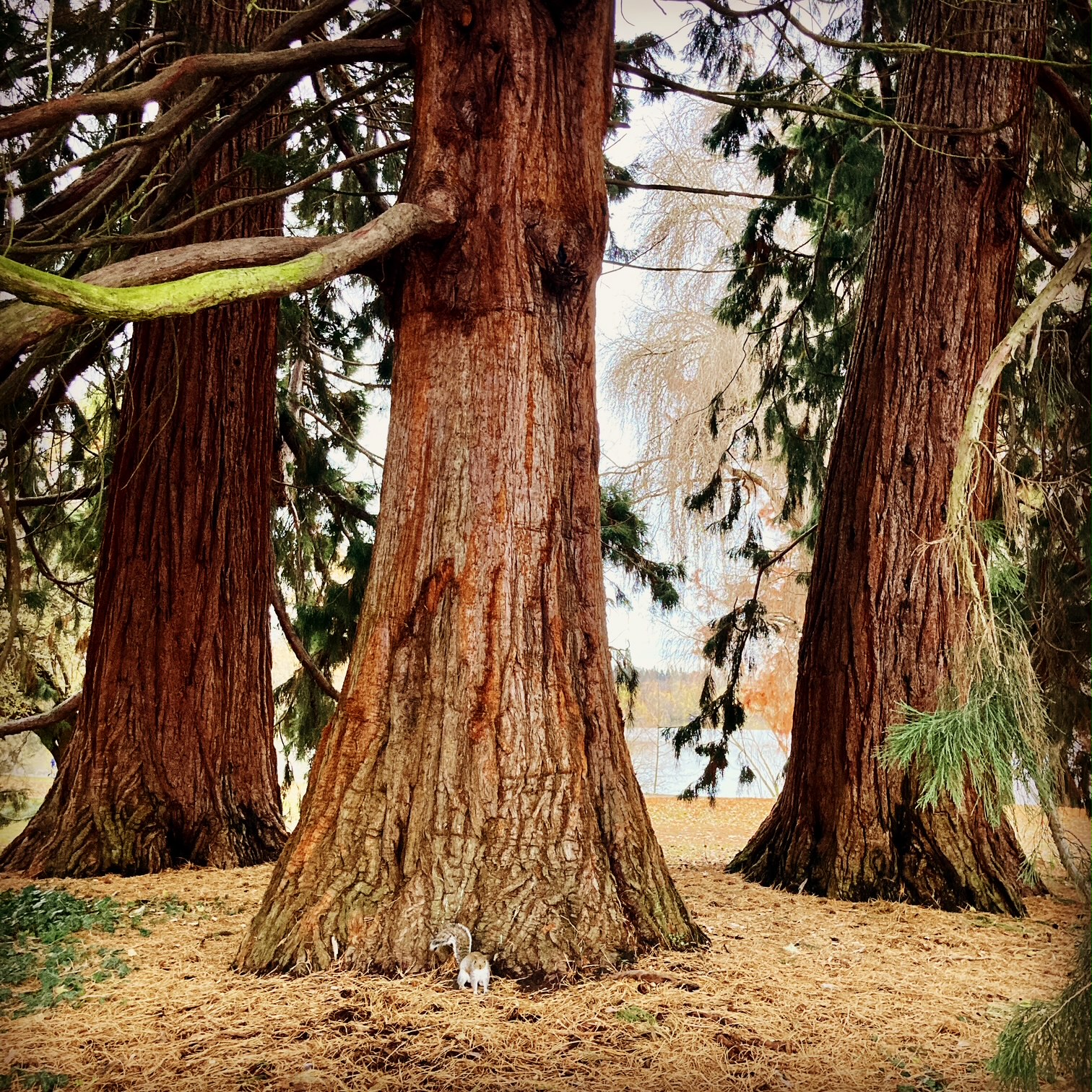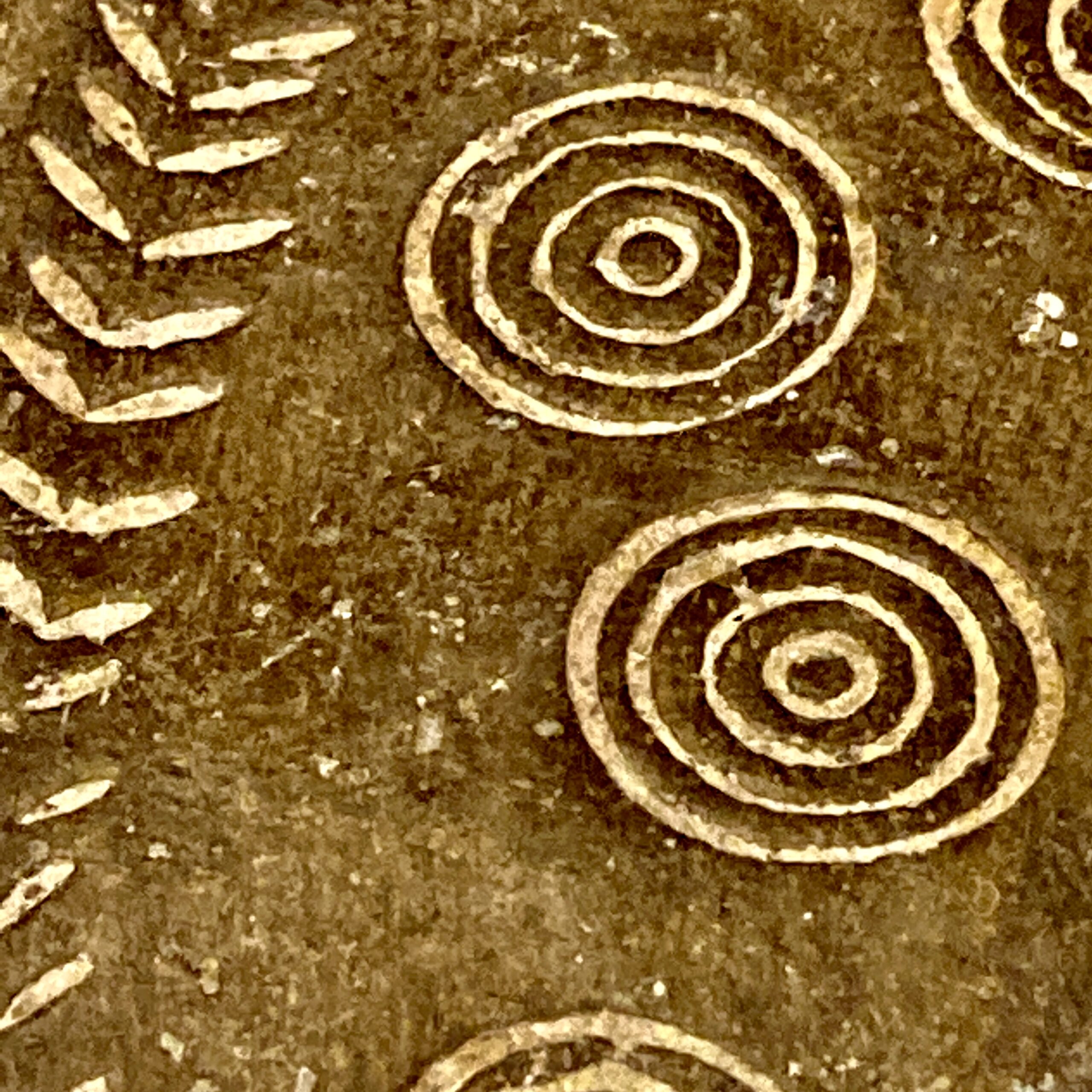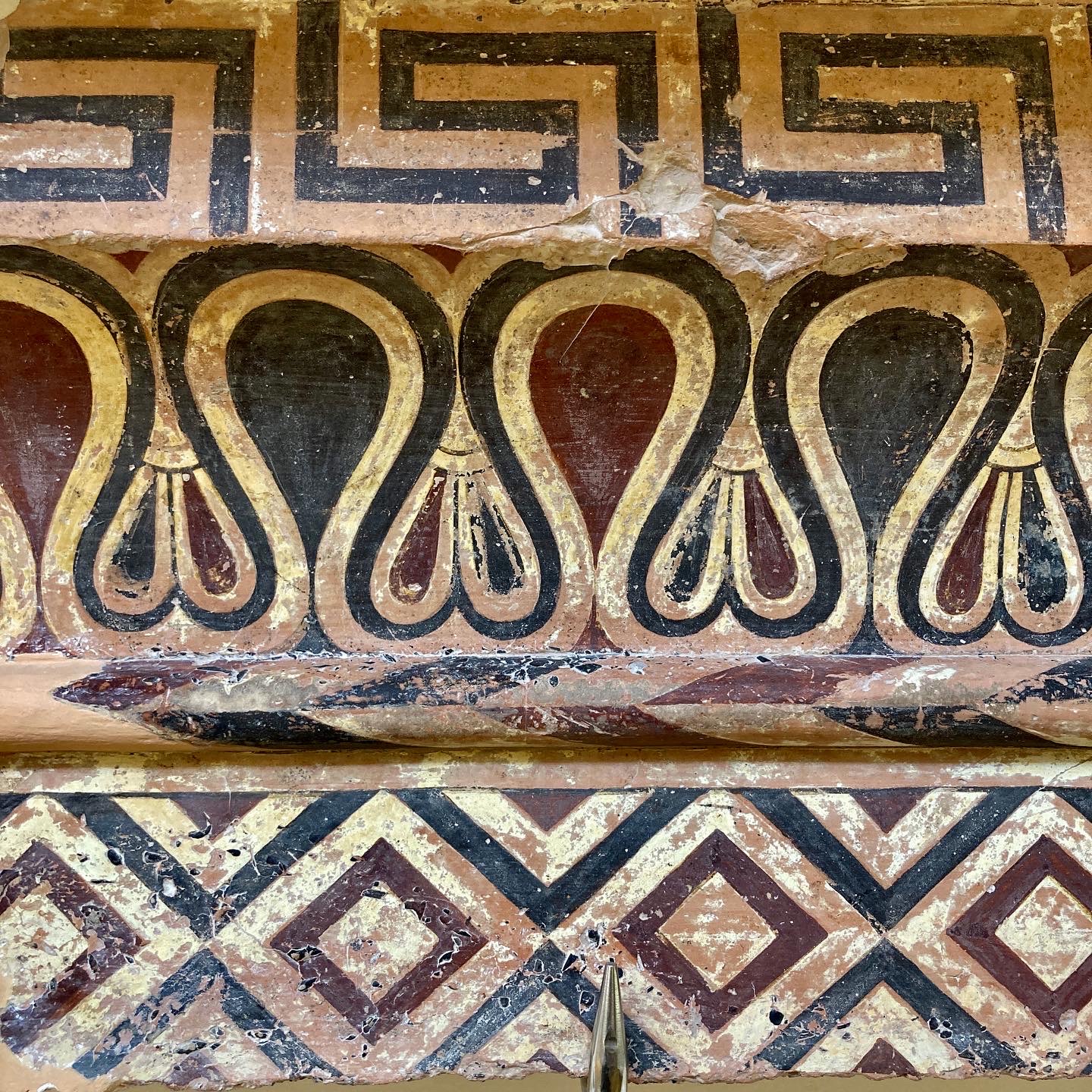Lu maccu, also lovingly known as Maccu Maccu, is a kind of Gruttisi soul food. It is a specialty bean soup from Grotte, Sicily. My uncle makes the best Maccu Maccu in the village of Grotte. Below is the recipe for Maccu Maccu. Since it is time consuming to soak the beans overnight and cook them the next day, my uncle makes heaps of Maccu Maccu at a time and freezes it in portions. Each time you serve the Maccu Maccu, you cook some pasta separately in a large pot of boiling water, using a smaller pasta shaped like tubes called tubetti. Be sure to reserve a good portion of the pasta water when draining the noodles. You then add the Maccu Maccu to the pasta. Then you add the reserved cooking water to the Maccu Maccu and pasta, adding enough of the reserved water to create the consistency you like, and you have the best soup in the world!
Of course, my uncle has a story about Maccu Maccu. As outlandish as it sounds, this story must be true because he told me the exact same story four years ago and I have heard it from others as well. The story concerns my paternal great-grandfather “cu viniva lu sale, lu sale bianchu e finu” who sold salt, salt very white and fine. As a young man, he traveled to other villages near Grotte crying out, “Aiu lu sale , lu sale bianchu e finu.” “I have salt, salt very white and fine!”
One day, while selling his salt, my paternal great-grandfather smelled something out-of-this-world delicious. He followed his nose and came to a small hut made of stone. He saw the man of the house and asked, “Signu, chi cuoci?” My good man, what are you cooking? The man proudly answered, “Lu maccu!” It was Maccu Maccu, of course. The man invited my hungry paternal great-grandfather in and taught him how to make lu maccu. Apparently, my great-grandfather had a lot on his mind and was afraid he would forget the name of this fabulous soup, so he invented a song, “Maccu, Maccu, Maccu, Maccu“. He just kept repeating the words to a nice sing-song rhythm with the intention of teaching this fabulous dish to his family and he sang the song almost all the way home! Unfortunately, by the time he arrived back home to Grotte, he got distracted because he had to get his donkey to the fontana, the natural fountain/spring in the village that dates back to medieval times, for water. While his donkey was drinking at the fountain trough where all the other donkeys and livestock drank, my great-grandfather realized he had forgotten the name of the fabulous soup!

La Fontana in Grotte: fresh spring water still spouts from this, has been flowing since medieval times. My aunt remembers when she was a girl and people still lined up to fetch their water from this fountain of natural spring water. According to my aunt, “This was the center of gossip and nasty fights.”
Troubled and irritated by his failing memory, my great-grandfather was trying to recall the name of the soup when a bully came by and made demands, “Hey, move your donkey. It’s my donkey’s turn to drink.”
“Well, my man, you will just have to wait a bit. I just got here myself.”
“Who do you think you’re talking to? No one makes me wait! You know what you need? You deserve a big MACCU in the face!” (Maccu is Gruttisi slang for “punch”)
My great grandfather was elated! “YES!!! That’s it! LU MACCU! Thank you! Thank you so much! I owe you one, my friend!”
I guess bullies don’t pick on people who are self-confident and elated. My great-grandfather, then a young man, was spared a big maccu in the face that day. And thanks to my great-grandfather, Maccu Maccu came to be the specialty comfort food/soup in our home village of Grotte!

The trough where the animals drank (donkeys and livestock). Photo taken at night. This is where my great-grandfather, as a young man, encountered the bully and remembered the name of the dish, Maccu Maccu!
Maccu Maccu
1) Soak one cup of Fava Beans overnight. In the morning, carefully remove all the skins from the fava beans.
2) In another pan, soak one cup of each of the following beans overnight or for a minimum of 2-4 hours, with one teaspoon of baking soda:
- Chick peas/garbanzo beans
- kidney beans
- lentils
- dry peas
- dry soy beans
3) Drain and rinse the beans which have been soaked in baking soda.
4) Combine the Fava beans with the rinsed beans and begin to cook. Keep skimming off the foam that forms at the top of the pan. Once the beans start to boil, start stirring every 5 minutes! This is very important for two reasons: the beans won’t stick to the bottom of the pan and they will begin to break down to give the soup the thick consistency it will have before the cooked pasta and reserved pasta-cooking water is added.
5) As the beans begin to soften, add chopped celery (5-6 ribs), chopped Swiss Chard (one bunch or more, include leaves and ribs), and chopped green cabbage (about half a head or more).
6) Keep stirring it!
7) AFTER the beans are cooked well, add ONE CUP of Extra Virgin Olive Oil (the cup he put in was fresh from his olive oil press and green as spring grass!) Add SEA Salt, and RED PEPPER FLAKES. My uncle never added black pepper to the soup and he did not hold back on the salt though the soup didn’t taste too salty! The soup will be very thick, many of the beans broken down. Stir and turn off!
8) Before serving, cook pasta and when draining, be sure to reserve some of the water used for cooking the pasta. Add some Maccu Maccu to this water and pasta. This way, the thick large portion of Maccu Maccu can be frozen or put in the fridge to eat later. The pasta is only cooked and added to the dish you will eat right away.

Here, they are adding the thick maccu to the pan of freshly cooked pasta and the reserved water used to cook the pasta to get the consistency they want for our dinner that day.

The maccu is now covered and the soup in the foreground is what we will eat (watered down to a good consistency and with pasta)







DRIED FAVA BEANS??? WHERE DO YOU GET THEM?? I’M UP FOR AN AFTERNOON WALK ON TUESDAY IF YOU HAVE A SLOT IN YOUR CRAZY SCHEDULE. IF NOT, WE WILL TRY TO MAKE IT TO YOGA ON THURSDAY. SIMONE P.S. HAVE YOU EVER GONE TO BIG JOHNS PFI???
________________________________
Hi Simone and Don, My guess is that you can probably get dried fava beans at DiLaurenti’s at Pike Place Market, if not at Whole Foods. I have gotten them before and I think I got them at Whole Foods.
I’m definitely going to make this sometime!